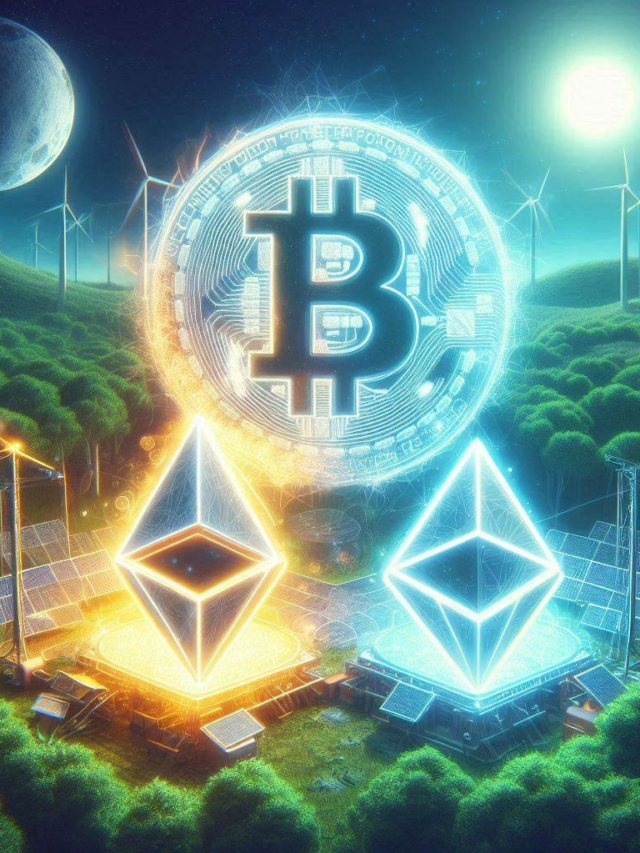Blockchain technology is changing how industries operate, shifting from traditional centralized models to a decentralized Web3 system. This transition allows users to have more control over their digital identities and assets, potentially creating fairer revenue distribution for creators. A recent example is Justin Sun’s purchase of Maurizio Cattelan’s artwork using cryptocurrency, highlighting the growing acceptance of blockchain in art transactions. However, challenges like regulatory uncertainty and security issues hinder its mass adoption. Governments are taking steps to address these risks, creating frameworks to stabilize the cryptocurrency Market. As Web3 evolves, effective regulation will be crucial for its successful integration into the global economy, ensuring it benefits users while minimizing risks.
Blockchain technology is changing the game for many industries. Once seen as a niche innovation, it is now viewed as a powerful force that can transform how we do business. Recently, Chinese entrepreneur Justin Sun made headlines by spending US$6.2 million on Maurizio Cattelan’s artwork “Comedian,” which features a banana taped to a wall. What’s intriguing about this purchase is that Sun reportedly used cryptocurrency for the transaction, with all details recorded on the blockchain. This highlights a growing trend towards Web3, the next stage of the Internet that promotes decentralization, allowing users greater control over their data and assets.
Web3 is promising big changes for the creator economy. Under the current Web2 model, platforms like YouTube take a large cut of the income generated by creators, leaving them with just a tiny fraction of the profits. In 2021, Web3 platform OpenSea paid out US$3.9 billion to its creators, with each earning an average of US$174,000, compared to just US$2.47 for the average YouTube channel. This stark contrast demonstrates the flaws in Web2’s centralized structures and shows how Web3 aims to provide a fairer economy by directly rewarding creators and removing middlemen.
Moreover, Web3 offers opportunities to revolutionize financial markets by turning physical assets into digital tokens. This could drastically improve liquidity and efficiency in these markets. Experts believe that tokenization may reshape the financial landscape by making it easier to manage assets. In Hong Kong, regulatory measures are being developed to facilitate virtual and tokenized assets, suggesting that the region is positioning itself as a leader in blockchain technology.
However, the journey towards widespread adoption of Web3 isn’t without challenges. Issues such as regulatory uncertainty, security risks, and Market volatility pose significant hurdles. Recent reports indicate that the cryptocurrency Market is prone to systemic risks, making it crucial for regulators worldwide to establish stable frameworks for digital assets. For example, the European Union is working on regulations that aim to protect investors while still promoting innovation in the crypto space.
Justin Sun’s purchase has raised eyebrows and led to speculation regarding the use of cryptocurrency as a means for money laundering, although he denies such accusations. The legality of using cryptocurrency for these types of transactions is complex, and regulations differ internationally, adding another layer of complication.
As Web3 technologies develop, the establishment of clear regulatory frameworks will be vital for their future success and integration into global markets. It will be interesting to see how these factors play out in the coming years as blockchain technology continues to evolve and reshape our world.
Tags: Blockchain, Web3, Cryptocurrency, Creator Economy, Digital Assets, Regulations, Justin Sun, Financial Technology, Decentralization
What is Web3?
Web3 is the next version of the internet that focuses on decentralization. This means that users have more control over their data and can interact directly without relying on big companies.
How is Web3 different from Web2?
Web2 is about user-generated content and social media, but it is still mostly controlled by a few big platforms. Web3 aims to give power back to users by using blockchain technology, allowing for more secure and private online experiences.
What are cryptocurrencies in Web3?
Cryptocurrencies are digital coins that exist on blockchain networks. In Web3, they are used for transactions, investments, and fostering new kinds of online economies without the need for banks.
What is a smart contract?
A smart contract is a self-executing agreement with terms directly written into code. In Web3, they automate processes and transactions, which makes them faster and reduces the need for intermediaries.
How can I get started with Web3?
To start with Web3, you can open a crypto wallet, buy some cryptocurrency, and explore decentralized applications (dApps) that interest you. Many resources online can help you learn more about this new technology.






